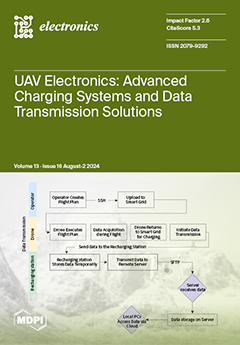As most of the videos are destined for human perception, many techniques have been designed to improve video coding based on how the human visual system perceives video quality. In this paper, we propose the use of two perceptual coding techniques, namely contrast
[...] Read more.
As most of the videos are destined for human perception, many techniques have been designed to improve video coding based on how the human visual system perceives video quality. In this paper, we propose the use of two perceptual coding techniques, namely contrast masking and texture masking, jointly operating under the High Efficiency Video Coding (HEVC) standard. These techniques aim to improve the subjective quality of the reconstructed video at the same bit rate. For contrast masking, we propose the use of a dedicated weighting matrix for each block size (from
up to
), unlike the HEVC standard, which only defines an
weighting matrix which it is upscaled to build the
and
weighting matrices (a
weighting matrix is not supported). Our approach achieves average Bjøntegaard Delta-Rate (BD-rate) gains of between
and
, depending on the perceptual metric and coding mode used. On the other hand, we propose a novel texture masking scheme based on the classification of each coding unit to provide an over-quantization depending on the coding unit texture level. Thus, for each coding unit, its mean directional variance features are computed to feed a support vector machine model that properly predicts the texture type (plane, edge, or texture). According to this classification, the block’s energy, the type of coding unit, and its size, an over-quantization value is computed as a QP offset (DQP) to be applied to this coding unit. By applying both techniques in the HEVC reference software, an overall average of
BD-rate gain is achieved proving their complementarity.
Full article





